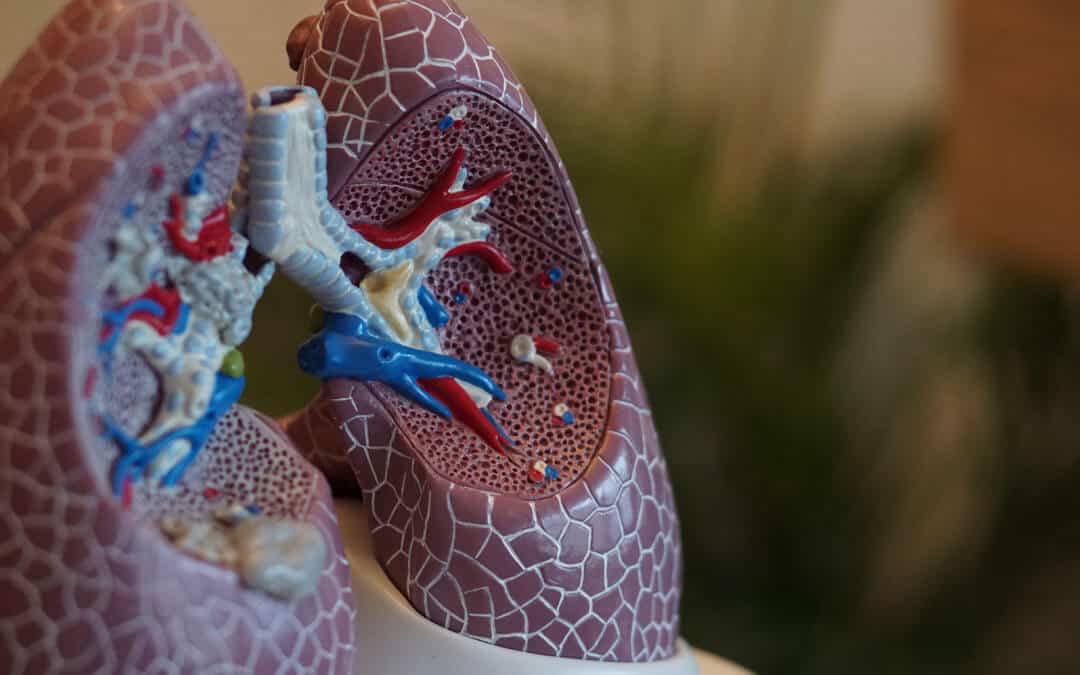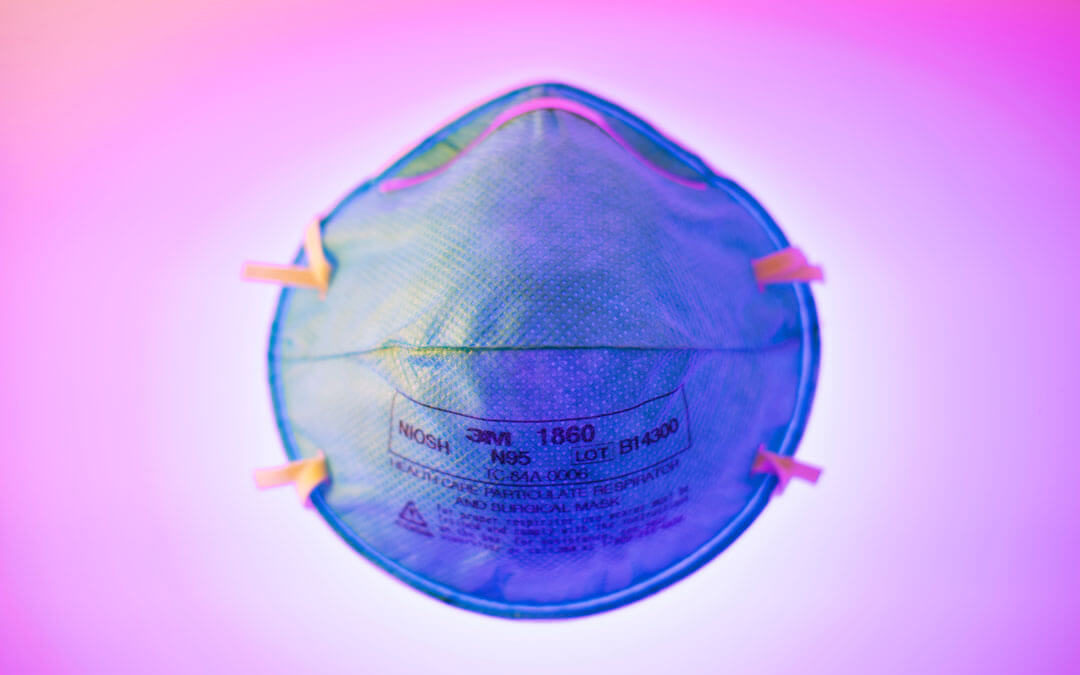Who is at-risk of suffering from serious illness resulting from COVID-19? Who should consider having oxygen in their homes? Or is it too soon to answer that question? Here’s a look at some risk categories and medical opinions to help you decide.

Who is at-risk or high-risk?
According to the Centers for Disease Control and Prevention (CDC)1, while people of any age can contract COVID-19, the following underlying medical conditions put people at “increased risk for severe illness” from the disease:
- Cancer
- Chronic kidney disease
- Chronic obstructive pulmonary disease (COPD)
- Immunocompromised state (weakened immune system) from solid organ transplant
- Obesity (body mass index [BMI] of 30 or higher)
- Serious heart conditions (heart failure, coronary artery disease, cardiomyopathies)
- Sickle cell disease
- Type 2 diabetes mellitus
Additionally, the CDC includes people with the following medical conditions as potentially being at increased risk for severe illness from COVID-19:
- Asthma (moderate-to-severe)
- Cerebrovascular disease
- Cystic fibrosis
- Hypertension (high blood pressure)
- Immunocompromised state (weakened immune system) from blood or bone marrow transplant, immune deficiencies, HIV, use of corticosteroids, or use of other immune weakening medicines
- Neurologic conditions (such as dementia)
- Liver disease
- Pregnancy
- Pulmonary fibrosis (damaged or scarred lung tissues)
- Smoking
- Thalassemia (a type of blood disorder)
- Type 1 diabetes mellitus

Is oxygen necessary in the home?
For people within the twenty risk categories noted above, is oxygen necessary in the home? It is important to note that COVID-19 is a new disease and according to the CDC there are currently “limited data and information about the impact of underlying medical conditions and whether they increase the risk for severe illness from COVID-19.”
Recently, The Centre for Evidence-Based Medicine (CEBM)2 asked some great questions for these at-risk/high-risk populations: “There is good evidence that high-flow oxygen in hospital would improve my chances of survival but what about home-delivered oxygen? Does low-flow oxygen through a mask or nasal tubes, or a positive pressure ventilation machine (such as that which relieves breathing problems during sleep), make a difference to survival?”
According to a rapid review research conducted by CEBM, the answer to those questions are unclear. There are not enough case studies or random control trials to date to answer these questions with solid data. The benefits of oxygen in the home for COVID-19 patients are currently unknown. That said, Dr. Lyn Jenkins, of CEBM made this personal statement3 based on the limited evidence available on the role of oxygen in palliative care at home:
“As things stand, having oxygen at home is not a prerequisite for me personally, although I would prefer to have it available. To date, my GP has been unable to reassure me that any form of rapid palliative support would be available in my area, and until that is in place I would not risk staying at home. I’ve decided to buy a pulse oximeter as a way of identifying the right moment to seek help. But were I to be in a position where I was using oxygen at home and my condition was deteriorating, there would probably come a point when the oximeter would no longer be helpful for decision-making and would merely increase my anxiety.”
Dr. Jenkins also noted “two contrasting imagined scenarios concerning oxygen at home for Covid-19” if you’d like to explore this topic more, click here: https://www.cebm.net/wp-content/uploads/2020/05/Scenario-11-a-well-oxygenated-death.pdf.
Conclusion
Ultimately, having oxygen in your home during the COVID pandemic is a decision that should be based on your health, your level of known and potential risk, your access (and proximity) to sound medical (and hospital) care and more. In the end, the decision is yours and should be made in consultation with medical professionals.
We will update these findings as more COVID-19-related data becomes available. Read more about on oxygen’s role in fighting COVID-19.
For more information about CalOx’s oxygen supplier services and offerings, or contact us today.
1. https://www.cdc.gov/coronavirus/2019-ncov/need-extra-precautions/people-with-medical-conditions.html
2. https://www.cebm.net/covid-19/covid-19-and-the-role-of-oxygen-in-palliative-care-at-home/
3. https://www.cebm.net/covid-19/covid-19-and-the-role-of-oxygen-in-palliative-care-at-home/
